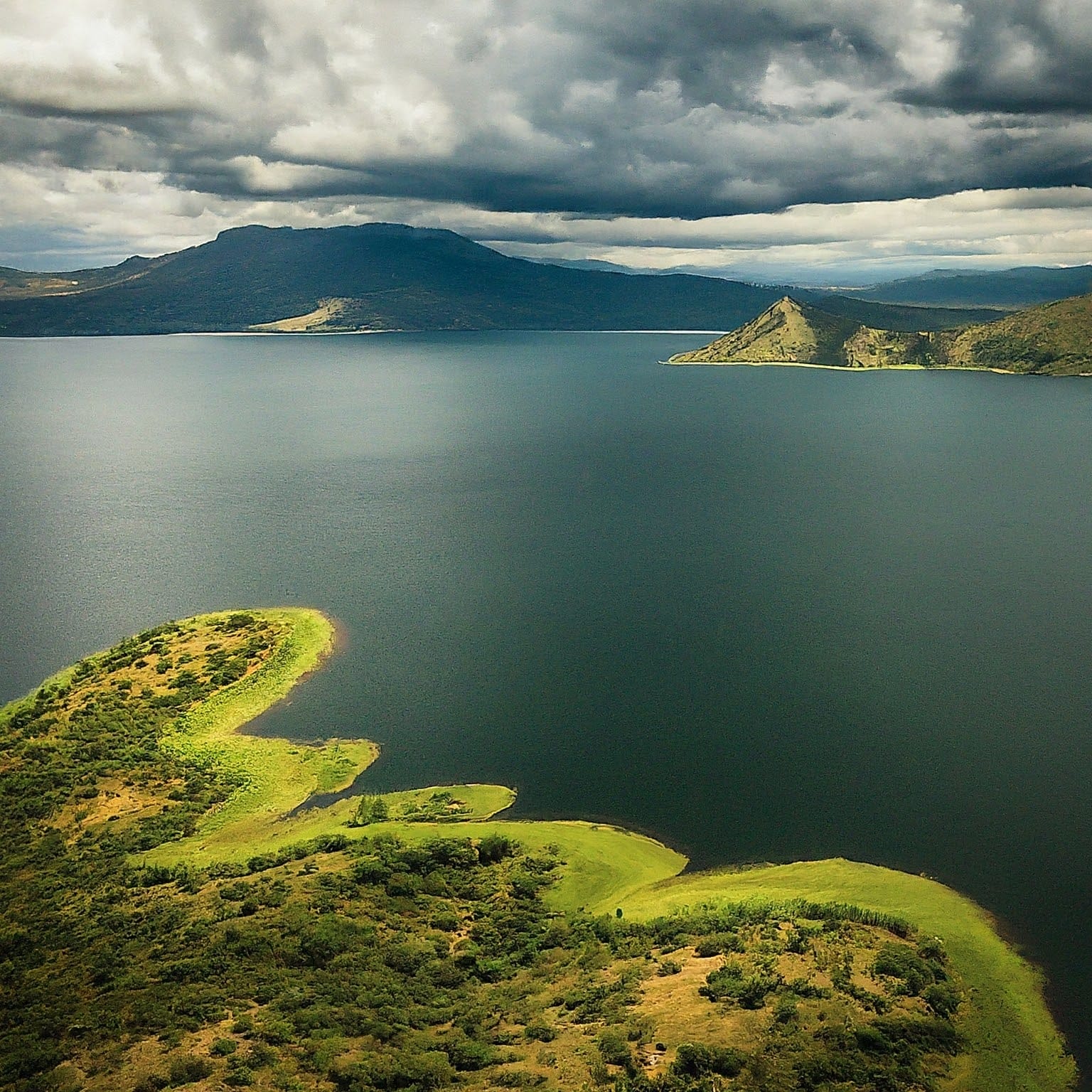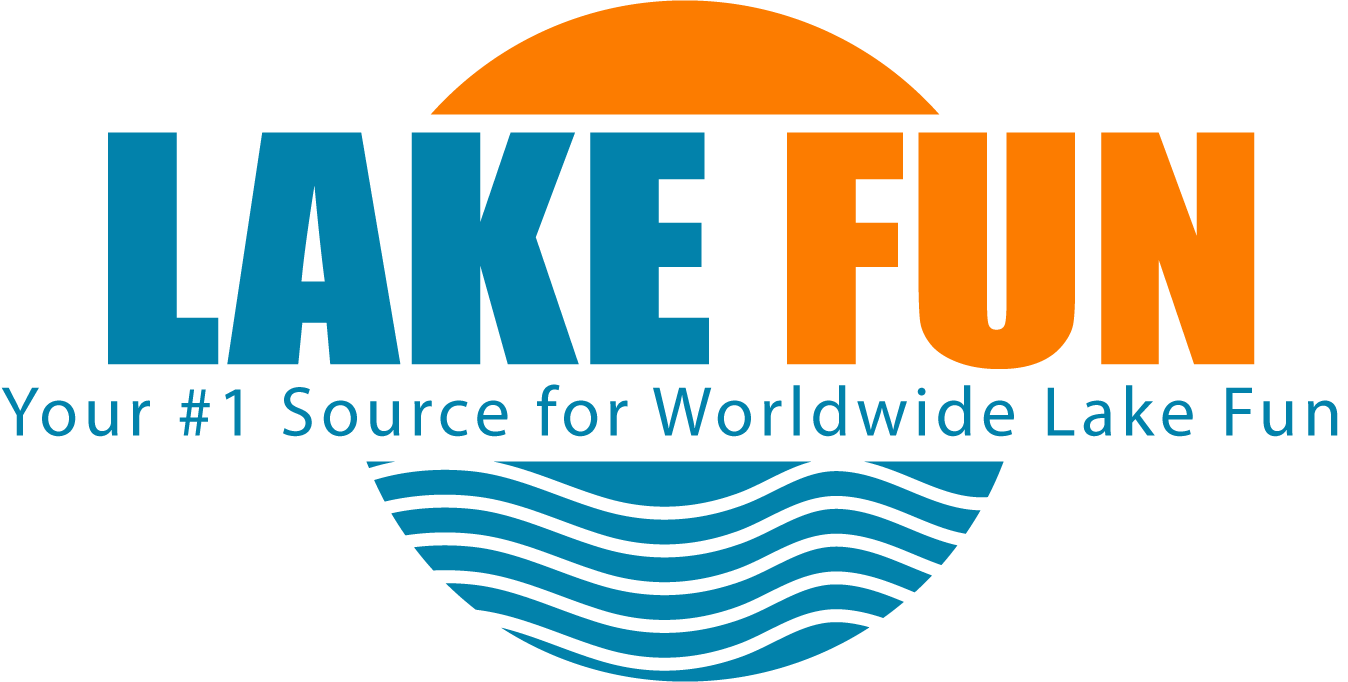Malawi Lake Literature
Malawi Lake, also known as Lake Nyasa in Tanzania and Lago Niassa in Mozambique, is an African Great Lake and the southernmost lake in the East African Rift system. It’s located between Malawi, Mozambique, and Tanzania.
Malawi Lake Fun Book: A Fun and Educational Book About Lake Malawi
Malawi Lake Water Safety Coloring Book
Malawi Lake Safety Book: Children on lake, child lake swim lesson, kid lake fun safe, child life jacket, children safety swim
Malawi Lake Vacation Super Coloring Book
Malawi Lake Paddleboarding: A Guide To Flat Water Stand Up Paddling
Malawi Lake Wakeboarding: Learn How to Wakeboard
Here are some key facts about Malawi Lake:
- Fourth largest freshwater lake in the world by volume: Holding an estimated 7% of the world’s available surface freshwater, it’s a vast and vital resource.
- Ninth largest lake in the world by area: Spanning over 29,600 square kilometers (11,400 sq mi), it’s a significant geographical feature in East Africa.
- Third largest and second deepest lake in Africa: Reaching depths of up to 706 meters (2,316 ft), it provides a deep-water habitat for diverse aquatic life.
Malawi Lake is renowned for its:
- Exceptional biodiversity: Home to an estimated 1,000 fish species, it’s considered the most fish species-rich lake in the world.
- Endemic cichlid species: Over 90% of its fish species are endemic, meaning they are not found anywhere else on Earth.
- Outstanding natural beauty: With crystal-clear waters, sandy beaches, and lush surroundings, it offers a picturesque landscape.
The lake plays a crucial role in the lives of people in the surrounding regions, providing:
- Livelihoods: Supporting a vibrant fishing industry and tourism sector.
- Transportation: Facilitating water transport between different communities.
- Water source: Serving as a vital source of water for irrigation, drinking water, and domestic use.
However, the lake faces several challenges, including:
- Overfishing: Threatening the sustainability of fish populations.
- Habitat degradation: Caused by deforestation, soil erosion, and pollution.
- Climate change: Leading to rising water temperatures and changes in water levels.
Conservation efforts are underway to address these challenges and ensure the long-term health of this unique and vital ecosystem.
Summary

Article Name
Malawi Lake
Description
Malawi Lake
Author
Kayak Lanternhead
Publisher Name
www.lakefun.com
Publisher Logo

